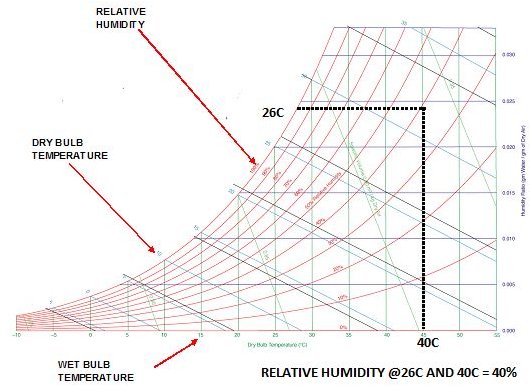


In the morning we had a temperature of 74 degrees, a dew point of 70, and a “Relative” humidity of 87%. The higher the dew point the more moisture is in the air, and that’s really all you need to know. If the dew point is in the 70s, or even the 80s, the air will feel tropical and borderline oppressive. This simply means the air is fully saturated with. When the air temperature and dew point temperature are equal, we have 100 percent relative humidity. If it’s in the 40s or 50s, the air will be comfortable. The further apart, the lower the humidity. And, there are certain things we can be certain about when it comes to the dew point. I was SO proud!!! The dew point is expressed as a temperature. Since air temperature changes all day long, so does the “relative” humidity!!! What DOESN’T change during the day, or at least till a front comes through and changes the air mass, is the dew point! Once I heard my Sister-In-Law in Minnesota mention what the dew point was, one morning, and she went on to say it was going to be a sticky day. And that’s EXACTLY how simple the concept of dew point is! Can you tell me how humid the air is if the “RH” is 73%? Did you know that that same amount of moisture in the air could be expressed as 28% at another time? That’s the problem with “relative” humidity, it’s relative to the air temperature.
Relative humidity vs dew point tv#
A simple adage to remember is the title of a book once written by a TV meteorologist who I really looked up to as a kid: “Smile when the Dew Point drops”. Compared to relative humidity, dew point is frequently cited as a more accurate way of measuring the humidity and comfort of the air, since it is an absolute measurement (unlike relative humidity). Why? Because, it hit me that using the relative humidity is like still using a dial phone in the age of smart phones. Then I wondered if the person on the other end was using a cell phone or a rotary-dialer. "We don't get a lot of it.I took a phone call the other day asking why I don’t use the “Relative” Humidity number on my weathercasts like others, but use the Dew Point, instead. More comfortable air will move in by early next week, with northwest winds helping cool temperatures to around 80 degrees by Monday and Tuesday.įor Joe Eichden, another downtown worker, a few muggy days are just fine. But "it will be feeling downright tropical through this weekend," the weather service said. The dangerous heat will subside slightly Thursday and Friday as temperatures slide back to 89 degrees and 85 degrees, respectively. Wednesday marks the 12th time this year the mercury has hit 90 degrees or higher in the metro, the weather service said. That was set on July 30, 1999, in Red Wing, when the dew point reached 84 degrees and the temperature hit 97 degrees, the Minnesota State Climatology Office said. The state record for the highest heat index is 127 degrees. The highest dew point of 82 degrees occurred at 3 p.m. The metro area recorded its highest heat index 52 years ago on July 11, 1966, at 119 degrees. "Drink plenty of fluids, stay in an air-conditioned room and out of the sun, and check up on relatives and neighbors," the weather service's heat advisory read. On Wednesday, the weather service was predicting heat indexes in the 95 to 105-degree range, conditions ripe for heat illnesses such as cramps, strokes and exhaustion. The higher the dew point, the muggier it will feel. The long and the short of it is, if you want a real judge of how "dry" or "humid" it will feel outside, look at the dew point instead of the humidity level. The combination of dew points, humidity and temperature form what's called a heat index, or what it feels like to be outside.

And in the 80s, well, downright oppressive.

Cross over into the 70s and it feels tropical. As dew points rise into 60s, it begins to feel juicy. "It's one of the most confusing things when the weather gets hot," said Michelle Margraf, a meteorologist with the National Weather Service in Chanhassen.Īs air gets warmer, it can hold more water. It's even tough for the weather folks to explain. Assuming the water vapor content stays the same, of course. When temperatures go down, humidity levels go up. In short, when the temperature goes up, the relative humidity goes down. When the air temperature drops below the dew point, water vapor comes out of the atmosphere, usually in the form of fog or precipitation. A high dew point can make a summer day feel tropical.


 0 kommentar(er)
0 kommentar(er)
